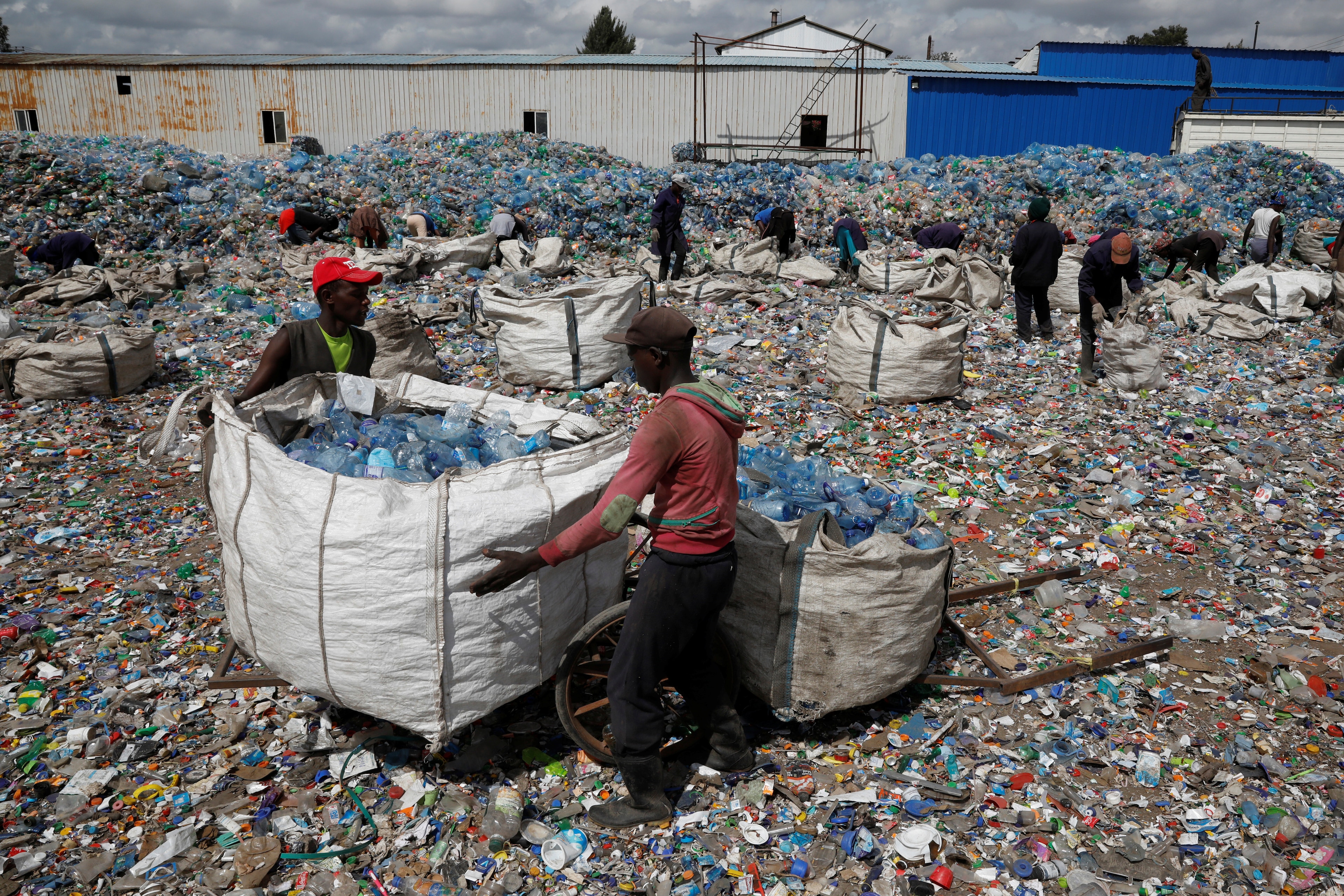Air pollution isn't just an outdoor issue. It's in your house and office, too

Indoor air pollution can cause respiratory diseases, cancer, and cognitive deficits.
Image: Pexels/cottonbro studio
Stay up to date:
Global Health
- Indoor air pollution can cause respiratory diseases, cancer, and cognitive deficits.
- The way buildings are constructed can affect how air moves and how infectious diseases spread.
- There are a number of things that can be done to improve indoor air quality, such as increasing ventilation, using air purifiers, and sealing up leaks.
The ins and outs of indoor air
Most of us spend most of our time inside, breathing indoor air. But how much do we really know about the quality of that air? How certain can we be that breathing air in a crowded restaurant or sweaty gym won’t make us sick?
Three years into the covid pandemic, we know that most covid transmission happens indoors, particularly in poorly ventilated spaces. Improving indoor air will reduce the spread of covid—and lower the incidences of a range of other health issues including respiratory diseases and cognitive deficits—with major implications for global public health.
The hope is that we can take lessons learned from covid to improve indoor air quality, much the way the 19th century cholera pandemic revolutionized water and sewage treatment systems. That means improving ventilation, filtration, air cleaning, and real-time monitoring of indoor air quality.
It sounds simple. It’s also a herculean task. The good news is that momentum is building. Take a deep breath, and let’s dive into what an indoor air revolution might look like.
What's the World Economic Forum doing to tackle air pollution?
By the digits
5: Air changes per hour that the US Centers for Disease Control recommends to maintain good ventilation
13: Air changes per hour typical of a wide body aircraft cabin, reaching 15 air changes per hour for narrow body planes; the high occupancy density of passenger aircraft means flying is still a relatively high-risk activity in terms of acquiring a viral infection, like covid or the flu
300-400 parts per million (ppm): Carbon dioxide typically found in outdoor air, though it can reach 600-900 ppm in urban areas
800 ppm: Carbon dioxide threshold that indicates the need for more indoor ventilation, according to the CDC
1%: Share of air that you inhale that is re-breathed, when at 800 ppm CO2 concentration indoors and 440 ppm CO2 concentration outdoors
3.2 million: Premature deaths worldwide attributable to household air pollution in 2020
The technologies to power an indoor air revolution
In May, the American Society of Heating, Refrigerating and Air-Conditioning Engineers (ASHRAE) released a first-ever draft industry standard for mitigating infectious aerosols in buildings, proposing minimum ventilation, filtration, and air cleaning requirements for different settings.
One tool to help with implementation is carbon dioxide meters, since CO2 levels can serve as a proxy for how frequently fresh air is pumped into a space to replace exhaled air.
Belgium has mandated that all publicly accessible indoor spaces to display real-time air quality with devices such as a CO2 monitor. And the Netherlands has mandated CO2 monitoring in schools, setting aside €17 million ($18.6 million) to supply every classroom with a CO2 meter.
One problem with CO2 monitoring: it doesn’t tell us how air is filtered. Aerosol tracing is a technology that could address that shortfall.
One California-based startup, Poppy, has developed test kits consisting of sensors and diffusers to measure how air moves within an indoor setting, and how quickly particles are cleared. Based on that information, an office or school can make improvements by tweaking their HVAC system or opening windows.
Then there’s germicidal ultraviolet light (GUV), which uses UV energy to kill viruses, bacteria, and fungi. GUV advocates have called for subsidies and tax incentives to encourage building operators to install this well-tested technology. Way back in 1941, GUV was shown to reduce measles cases at schools. Harvard Medical School’s Edward Nardell calls GUV “the most effective, evidence-based, cost-effective, safe and available engineering intervention to disinfect air.”
Don't miss any update on this topic
Create a free account and access your personalized content collection with our latest publications and analyses.
License and Republishing
World Economic Forum articles may be republished in accordance with the Creative Commons Attribution-NonCommercial-NoDerivatives 4.0 International Public License, and in accordance with our Terms of Use.
The views expressed in this article are those of the author alone and not the World Economic Forum.
Related topics:
Forum Stories newsletter
Bringing you weekly curated insights and analysis on the global issues that matter.
More on Nature and BiodiversitySee all
Hu Xiangdong and Felipe Carazo
August 1, 2025
Andrea Willige
July 30, 2025
Tom Crowfoot
July 30, 2025
Oliver Kade and Sarah Hadley
July 28, 2025
Nasim Pour, Sebastien Cross and Joel Gould
July 28, 2025





